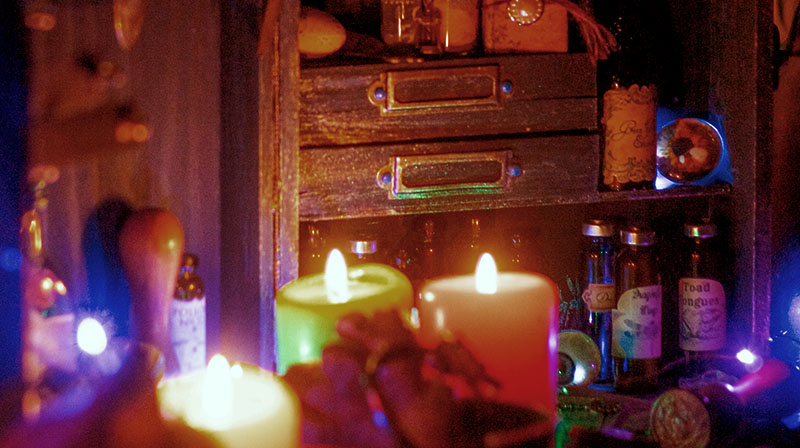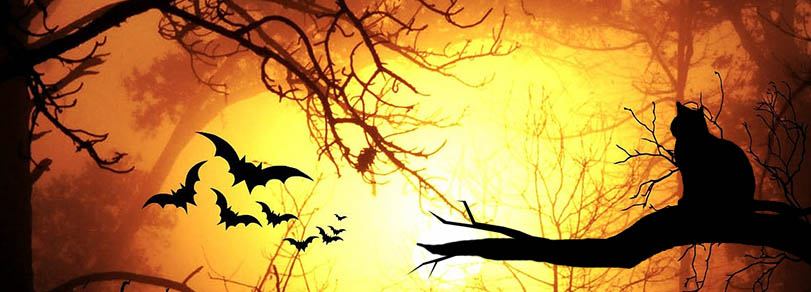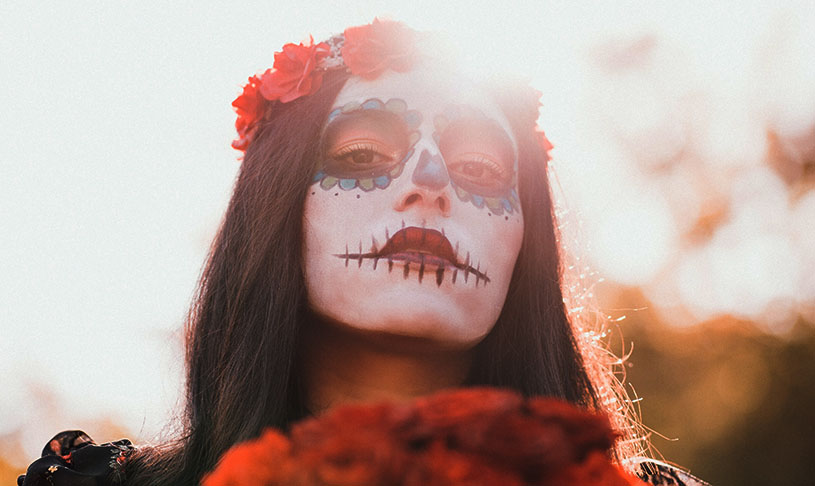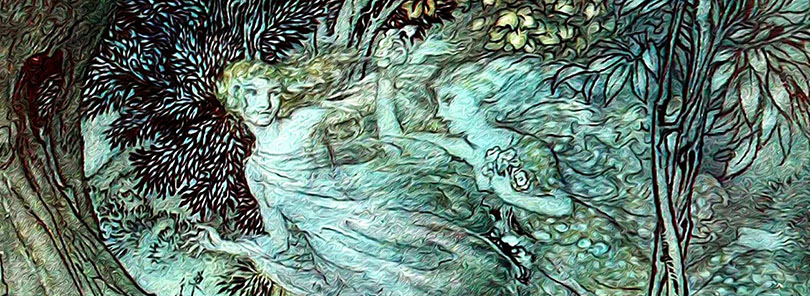
Halloween Folklore, Spiritual Rituals & Celebrations
There are many myths, feasts and feats associated with Halloween. The festival is often thought as one that opens up darker side of human beings. In parts of Britain and Ireland, Halloween night was also known as the 'Mischief Night'. People were free to go around the village playing pranks without the fear of being punished.
There are many myths associated with Halloween, vandalism, destruction and wickedness being the prime ones. Most of these have some roots in the practice of animal and human sacrifice followed by the Pagans. However, virtually all of the Halloween traditions are pure celebrations marked with bonfire, parties, harmless pranks and costume parties.
Which animals are associated with Halloween?
Traditionally, bats, cats, owls and other nocturnal animals were considered symbols of Halloween.

They were feared, as people believed that these creatures had the power to communicate with dead spirits. Black cats were believed to be human reincarnations with the ability to predict the future. During the Middle Ages, it was believed that witches had the power to transform into black cats.
Spirits and Honoring the Dead
However, there is nothing evil or devilish connected with Halloween. The original Samhian festival from the Celtic period celebrated it as a reunion with ancestors, as they believed their ancestors joined them in rejoice during celebrations. It was believed that the gates between the two worlds opened and dead friends and family crossed over in either direction. People who feared the encounter were the ones who had done something wrong and feared retaliation. It is popularly believed that the dead roamed the earth after dying until the next Samhain.

In Mexico and other Central American countries, Día de los Muertos or the “Day of the Dead’’ is celebrated during the first two days of November. Offerings or “ofrendas” are fashioned in honor of ancestors who have passed away. Death is accepted as unavoidable and not to be feared.
The Celts did not actually practice demonic rituals. It is often mistaken that Halloween was a festival in which the Celts sacrificed animals and human beings to a spiritual form of god. The Celts were known to be nature worshippers and believers. They had no faith in one god, monsters, devils or witches. Their celebrations were not considered evil and harmful. However, fairies were often considered to be hostile and menacing towards humans because they were resentful of men taking over their lands. It is believed that on the night of Samhain, the fairies would trick humans into getting lost in the fairy mounds, where they would be trapped forever.

Old World Divinations and Pagans
Folk tradition tells us of some divination practices associated with Samhain. Among the most common were divinations dealing with marriage, weather, and the coming fortunes for the year. These were performed using practices like ducking for apples and apple peeling. Ducking for apples was a marriage divination. The first person to bite an apple would be the first to marry in the coming year. Apple peeling was a divination to see how long your life would be. A popular custom in Scotland, people would place stones or nuts in the ashes of the hearth before retiring for the night. Anyone whose stone had been disturbed during the night was forecast to die during the next year.
Halloween did not originate as a satanic festival. It was essentially religious; or rather, spiritual in nature. Halloween’s association with Satanic worship is a modern myth. The Celts, as mentioned above, didn't worship the devil.
It is also a myth that that virgin maiden were offered as a sacrifice to the lord of death on Halloween. Pagans are people who do not practice Christianity. The Celts peacefully continued with their rituals until they were conquered in 43 A.C. under Claudius. The Roman Empire and Christianity brought in a new set of customs and traditions.